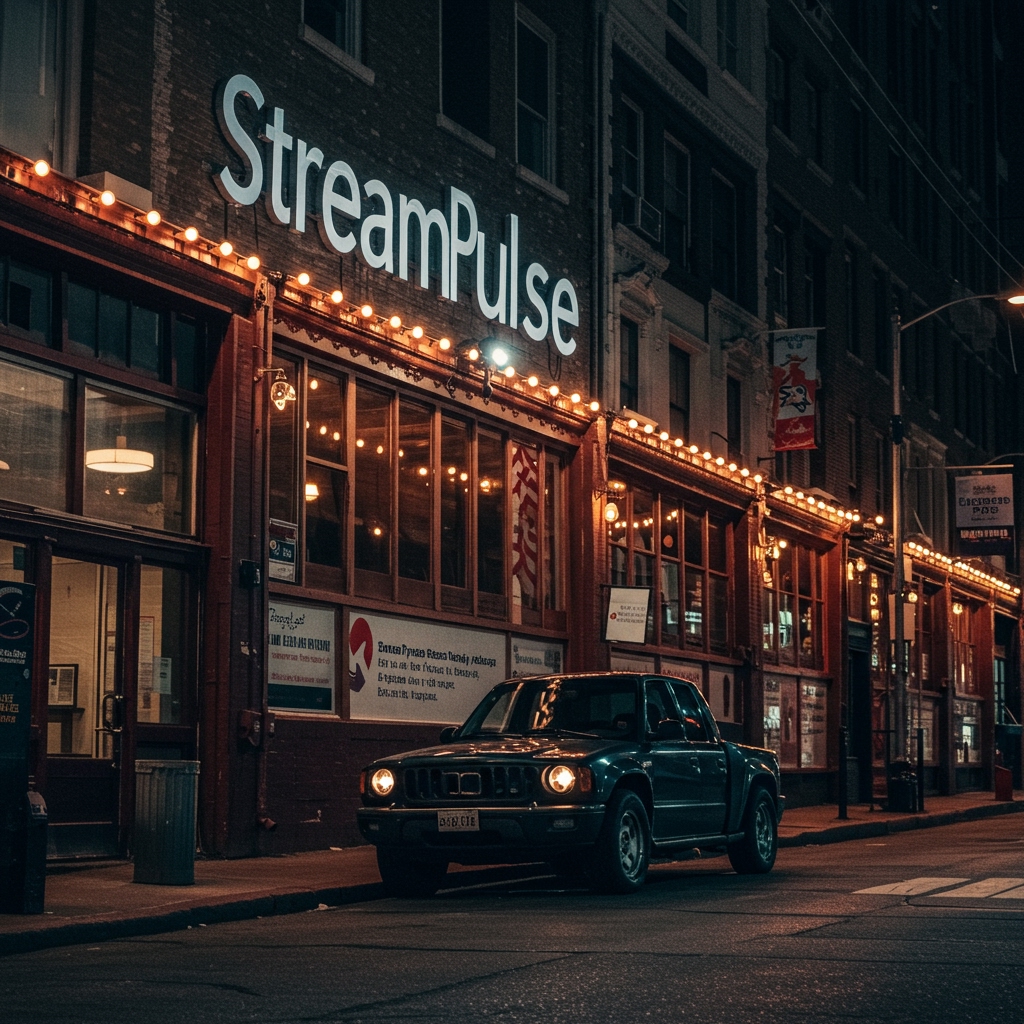StreamPulse Announces Major Royalty Structure Overhaul, Artists Express Concern
StreamPulse, a leading global music streaming platform, has announced a significant overhaul of its artist royalty payment model, effective March 1, 2025. The sweeping changes introduce a new minimum threshold that tracks must meet to qualify for any royalty payout, a move the company asserts is necessary to combat fraudulent streaming practices and ensure more equitable distribution of revenue to creators with genuine listenership.
Under the new policy, a track will be required to accumulate at least 1,000 streams per month to become eligible for royalty payments. This represents a substantial increase from the platform’s previous, lower threshold, which allowed tracks with significantly fewer streams to earn revenue. StreamPulse executives, in announcing the changes, framed the decision as a critical step in maintaining the integrity of the platform and addressing the pervasive issue of artificial streaming, which they argue dilutes the royalty pool and unfairly benefits fraudulent actors.
According to statements released by StreamPulse, artificial streaming, often generated by bots or other non-human means, siphons off a considerable portion of the total royalty funds intended for legitimate artists and tracks. By setting a higher eligibility bar, StreamPulse aims to redirect these funds towards music that is generating verifiable, human-driven listens. The company suggests this will ultimately lead to higher per-stream rates for tracks that successfully meet the new minimum, thereby benefiting artists with engaged audiences.
StreamPulse’s Rationale: Combating Fraud and Redistributing Funds
The official communication from StreamPulse emphasized the platform’s commitment to creating a sustainable ecosystem for artists. They highlighted data suggesting that a large volume of tracks on the platform generate very few streams, and that a disproportionate amount of fraud occurs at the lower end of the streaming spectrum. By de-coupling these low-stream tracks from the royalty pool, StreamPulse posits it can more effectively distribute funds generated from premium subscriptions and advertisements to tracks that demonstrate a level of sustained audience engagement.
StreamPulse executives articulated that the goal is not to penalize artists, but rather to protect the royalty system from manipulation and ensure that funds flow more directly to artists whose music is being genuinely consumed. They expressed confidence that the change, while initially disruptive for some, will ultimately lead to a healthier marketplace where legitimate artistry is better rewarded. The effective date of March 1, 2025, was chosen, they stated, to provide artists and labels ample time to understand and adapt to the new structure.
Artist Backlash and Concerns Mount
However, the announcement has been met with swift and vocal criticism from a wide array of artists, independent labels, and artist advocacy groups. Organizations like ‘Indie Voice’ have publicly denounced the changes, arguing that they will disproportionately harm emerging musicians, artists in niche genres, and those who have cultivated dedicated but smaller fanbases. These groups contend that the 1,000-stream-per-month threshold is prohibitively high for many artists just starting out or operating outside mainstream commercial success.
Several high-profile musicians have also weighed in, expressing solidarity with independent artists and raising concerns about the potential long-term impact on musical diversity. Pop sensation Kai Nova, a globally recognized artist, was among those who publicly warned that the new policy could make it significantly harder for new talent to break through and earn a living wage from streaming. Nova and others argue that the current streaming model, even with its imperfections, provided at least some level of income for tracks with smaller listenership, which was crucial for independent artists funding their careers.
The Impact on Emerging and Niche Artists
The core of the criticism centers on the potential for the 1,000-stream threshold to effectively demonetize a vast catalog of music. Critics point out that achieving 1,000 streams in a single month requires a considerable level of active promotion, audience building, or placement on popular playlists. For artists without significant marketing budgets, label backing, or established fanbases, reaching this threshold consistently for every track could prove challenging, if not impossible.
‘Indie Voice’ released a statement highlighting that many independent artists release music that finds its audience gradually over time, or appeals to highly dedicated but geographically dispersed or niche communities. They argue that these artists, who rely on the cumulative effect of streams from their smaller, dedicated fanbases, will see their already modest streaming income vanish under the new rules. The organization called on StreamPulse to reconsider the threshold and engage in dialogue with the artist community.
Kai Nova echoed these concerns, suggesting via social media that while combating fraud is necessary, the proposed solution risks throwing the baby out with the bathwater. Nova’s warning underscored the fear that the policy could stifle creativity and limit the financial viability of exploring non-mainstream sounds, as artists might be less inclined to release music that they believe won’t clear the 1,000-stream hurdle.
Broader Implications for the Music Ecosystem
The debate sparked by StreamPulse’s announcement touches upon fundamental questions about the economics of streaming and the role of platforms in supporting the diverse musical ecosystem. Critics argue that by raising the payout bar so significantly, StreamPulse risks consolidating royalty payments towards the top tier of artists and tracks, potentially widening the income gap between superstars and the vast majority of musicians.
Concerns have also been raised about the potential impact on music discovery. If artists are less motivated or able to earn from tracks below the threshold, there are fears it could disincentivize the creation and uploading of less commercially oriented or experimental music, potentially leading to a less diverse catalog over time.
StreamPulse has indicated its intention to monitor the effects of the new policy and remains open to feedback, though no immediate plans to alter the March 1, 2025, implementation have been announced. The music world is now watching closely to see how this seismic shift in payout structure will reshape the digital landscape for artists and listeners alike, and whether the stated goals of combating fraud and improving distribution can be achieved without disproportionately impacting those artists who need support the most.





